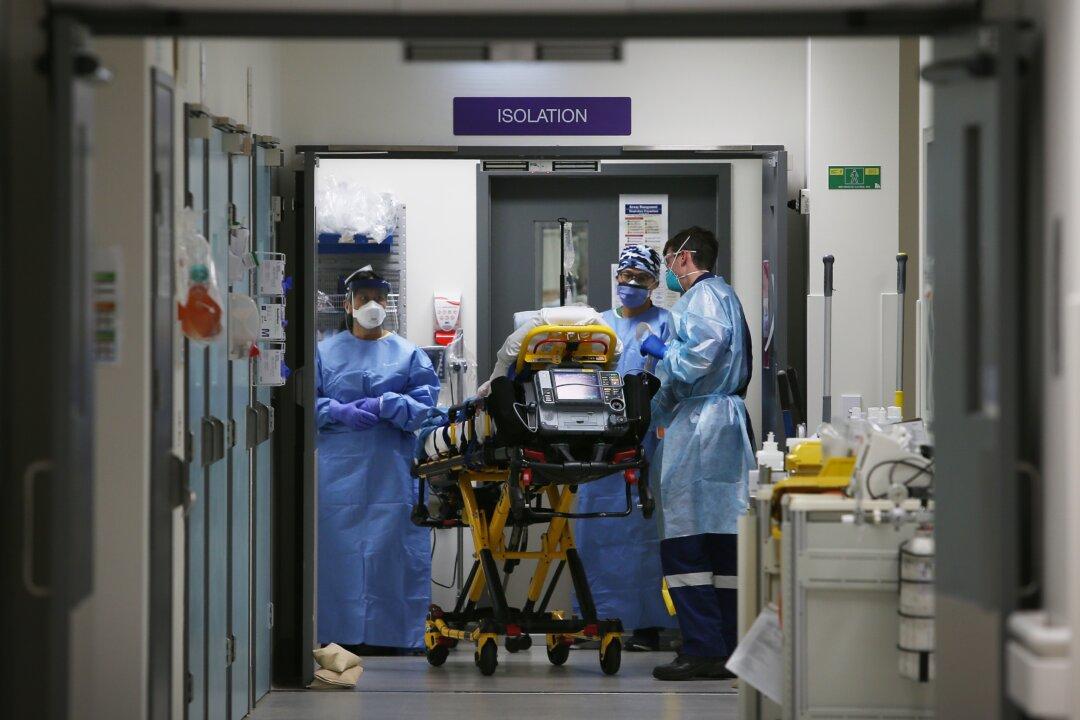An inquiry looking into shortcomings in the funding of equipment used by health providers in New South Wales (NSW) heard that staff on the front line are concerned patients may be put at risk by incompatible medical equipment, and stock shortages across different health districts.
The Special Commission of Inquiry, introduced in August 2023 by NSW Premier Chris Minns, and chaired by Richard Beasley SC, has 12 months to conduct a review of NSW Health which includes a comprehensive examination of existing governance and accountability issues.





